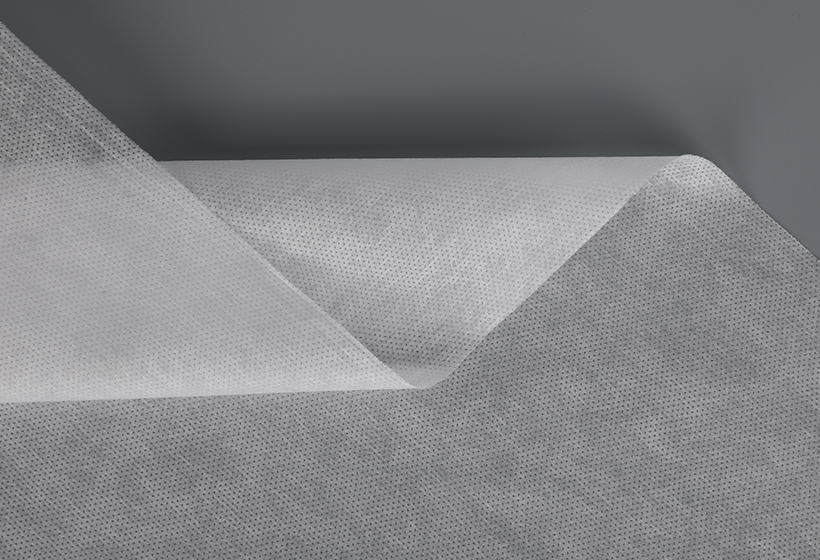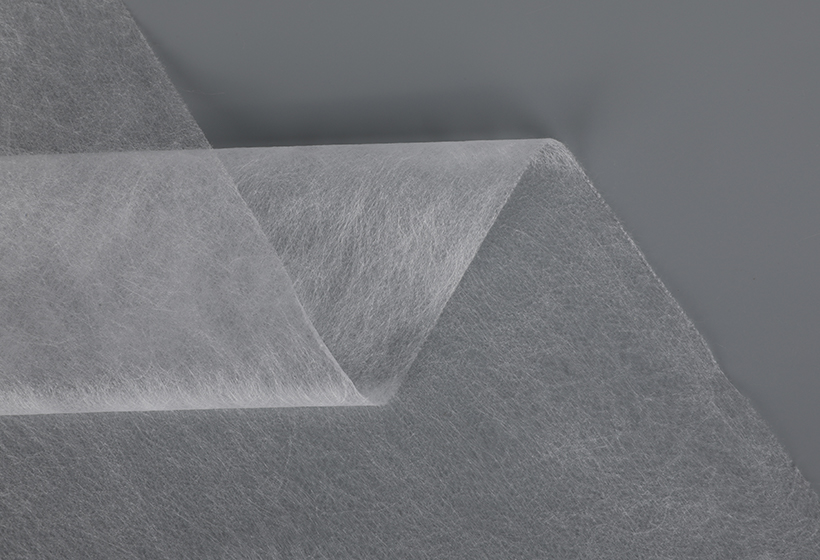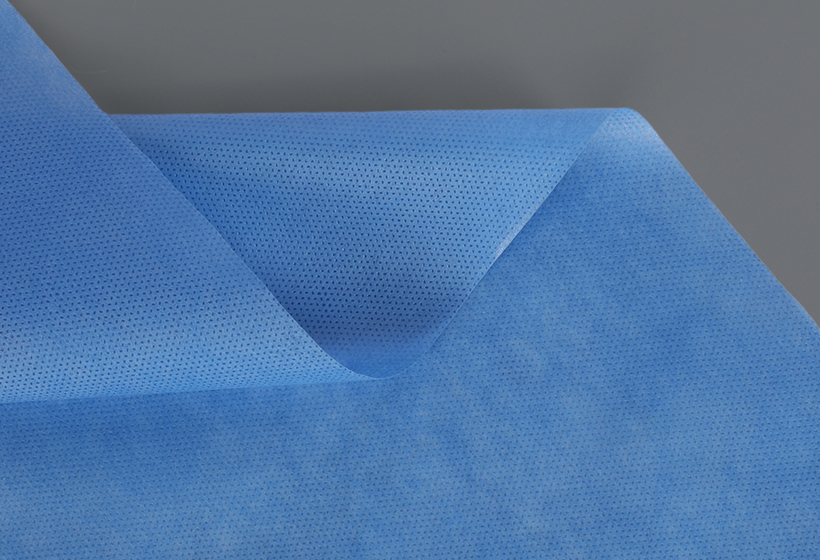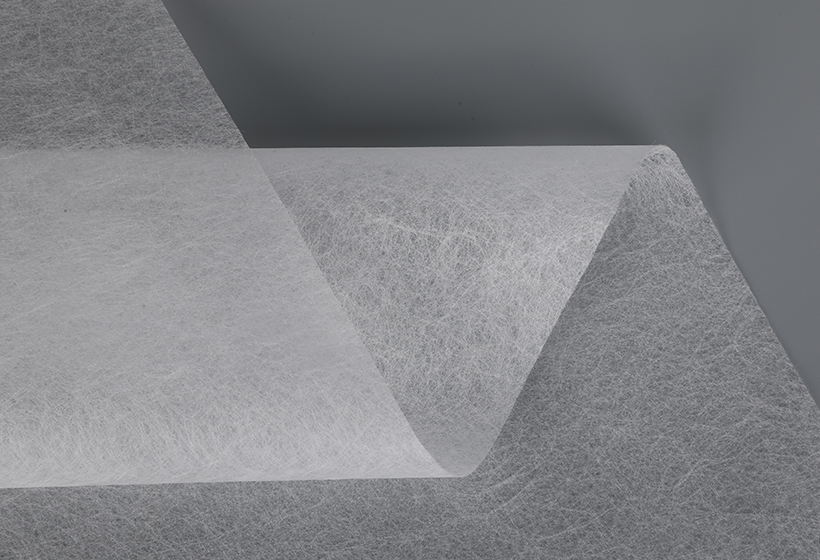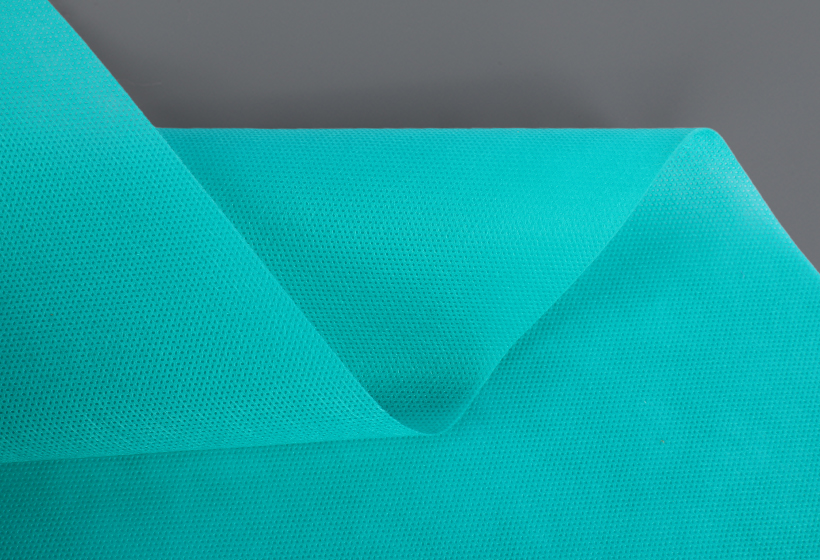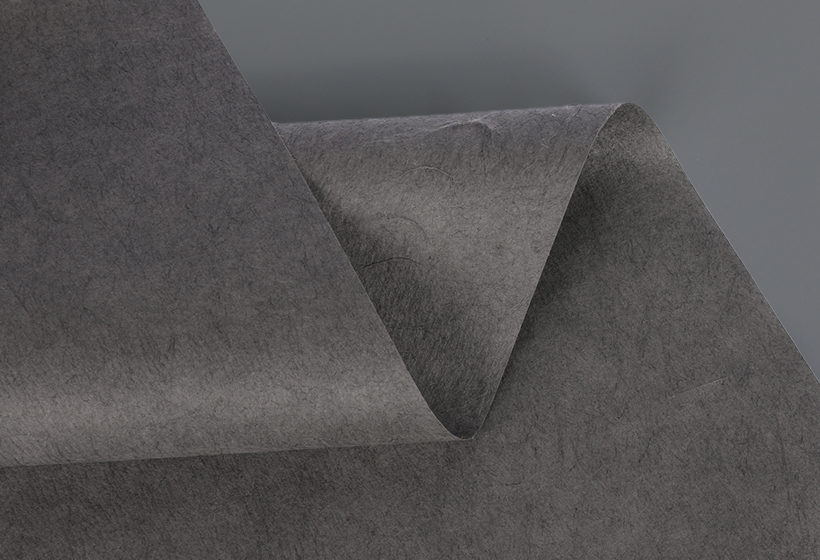Applications of Film Non-Woven Fabrics
Various applications of film non-woven fabrics are available today. These fabrics have a wide range of functional properties. They offer thermal insulation, strength, softness, stretchability, and flame retardancy. They are suitable for a variety of applications, including diapers, synthetic turf, and medical applications. They can be manufactured to meet your specific needs and deliver products that meet your performance standards.
The manufacturing process for nonwoven fabric products is relatively simple. The fibers are bonded together, either chemically or mechanically. Various finishing treatments can be used to enhance the performance of the fabric. These finishing treatments include abrasion resistance, moisture control, flame retardancy, and chemical resistance. Filmed non-woven fabrics are also used in medical applications, such as catheters and surgical gowns.
The first step to manufacturing nonwovens is to gather the fibers. These fibers are typically either polyethylene or polypropylene. They are then assembled in sheets. The fibers may be oriented in a random manner, or they may be oriented in one direction. The fibers may also be oriented in a specific way to enhance the properties of the fabric. They can be manufactured from natural fibers or staple fibers.
Once the fibers are bonded, a binder is added to the web to create the product. This binder is then melted in a thermal process. The binder is then cooled and the plastic film is added. The web is then cooled in a drier to create the product. This product can be tailored to improve electrical insulation and liquid repellency. It can also be manufactured to improve the impact resistance and flame retardancy of the fabric.
Filmed non-woven fabrics are widely used in consumer applications. They are often used in baby wipes, which come in contact with the skin. They are also used in disposable clothing items. They are also used in many car parts. In addition, they are used in filtration. They are also used in greenhouses. Filmed non-woven fabrics are durable and recyclable. They are also common materials for erosion barriers and paving roads. They are also used in soil stabilization.
The most common fibres used for nonwovens are polyethylene terephthalate (PET) and polypropylene. These fibres provide improved washability and absorbency, along with bacterial protection. They are also resistant to mildew and stains. They are flexible, lightweight, and easy to manufacture. The cost of the fibers also affects the cost of the product.
Nonwovens are also used in many industrial applications. They are used in filters, packing materials, and insulation. They are also used in the automotive, industrial, and medical industries. They are available in different grades and are available in a variety of sizes and colors. They are often lightweight, and their use in disposable products makes them highly cost-effective.
Some of the most popular applications of film non-woven fabrics are in automotive, medical, and construction. They are also used for insulation, soil stabilisation, and linings. They are also widely used in various consumer applications, such as diapers and baby wipes.
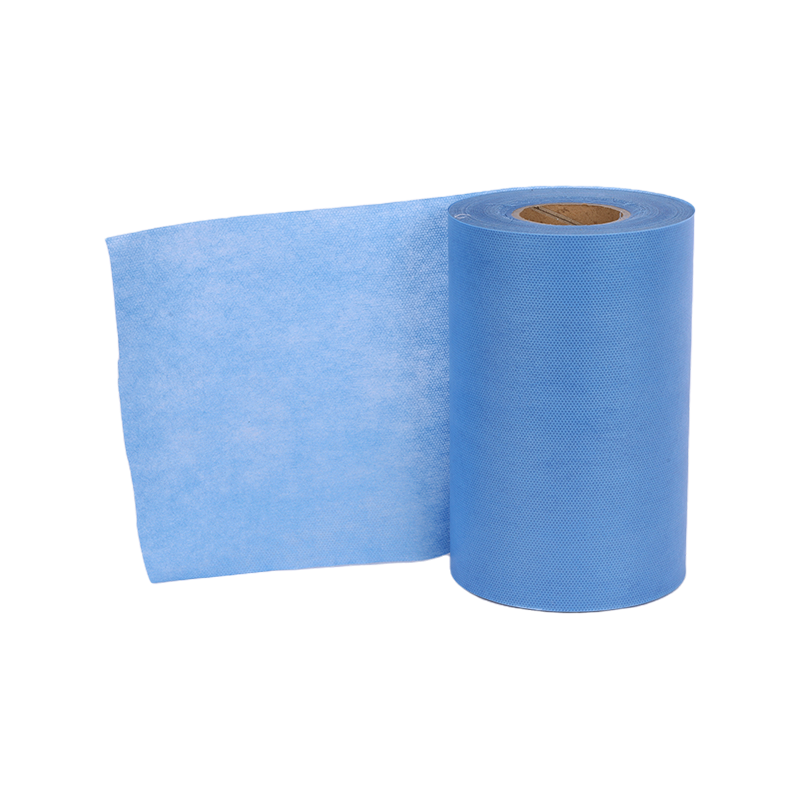
Filmed non-woven fabric
Laminated Non-Woven Fabric Is A Product Formed By Coating A Non-Woven Fabric With Plastic Heated To A Hot Melt State At High Temperature And Cooling. Has A Good Isolation Effect.

 English
English Español
Español
